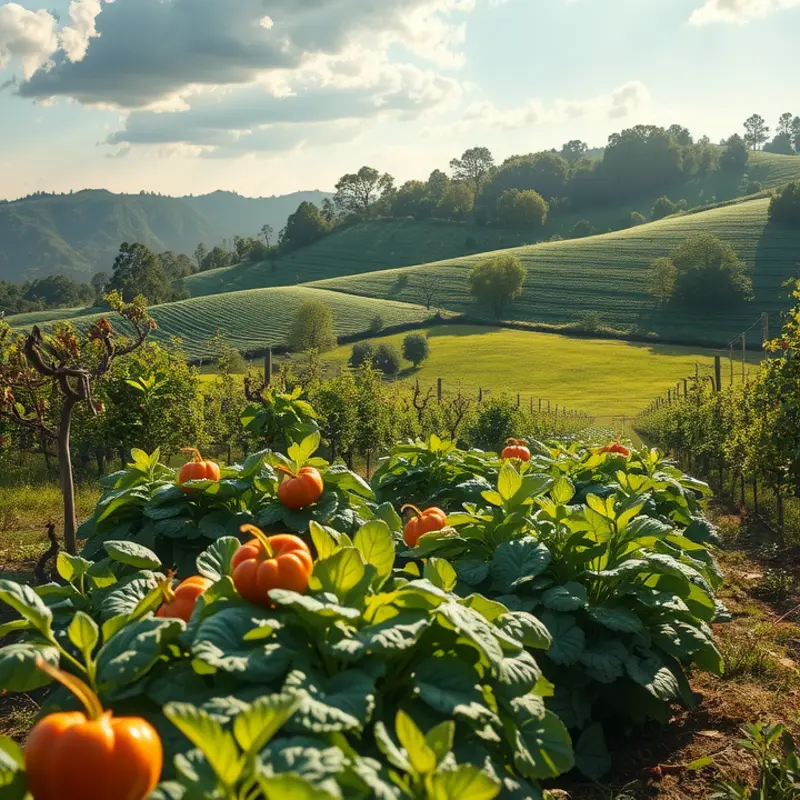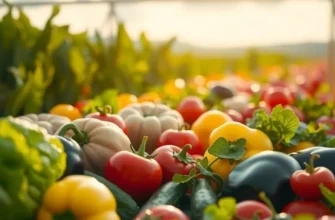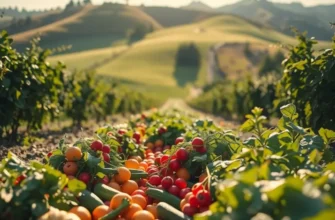Curdled sauces can be the bane of many home cooks, causing frustration in the kitchen. Whether you’re whipping up a creamy Alfredo or a classic béchamel, knowing how to avoid curdling is crucial for achieving a smooth and delightful consistency. Here, we explore practical tips and techniques that can help any cook, from beginner to experienced, refine their sauce-making skills and ensure delicious results every time.
Understanding Curdling and Its Causes

Curdling, the nemesis of many a home cook, is a common challenge when making sauces. It results in a sauce with an undesirable texture, characterized by small lumps rather than a smooth consistency. Understanding the factors that contribute to curdling helps in achieving perfectly creamy sauces.
Temperature is often the primary culprit. When dairy-based sauces are exposed to abrupt temperature changes, proteins can coagulate, leading to curdling. A classic example is when cold milk is added to a hot mixture too quickly. The sudden heat causes the proteins in the milk to solidify. To avoid this, gradually warm your dairy products before adding them to hot ingredients. Tempering is a key technique here, and it involves slowly combining the hot and cold components to equalize their temperatures before full incorporation.
Acidity also plays a significant role in curdling. High acidity in a sauce can destabilize dairy, eggs, or starch-based sauces. For instance, lemon juice or vinegar can cause proteins to tighten and separate. Balancing acidity is crucial. If working with a recipe that requires acidic ingredients, consider reducing the amount or adding them more gradually. Alternatively, buffer their impact by introducing them late in the cooking process.
The quality of ingredients also influences the likelihood of curdling. Older or lower-quality dairy products may have imbalanced proteins, which are more prone to separation. Ensure you use fresh, high-quality ingredients to reduce the risk.
Different types of sauces present unique challenges. Dairy-based sauces like béchamel or cheese sauces require constant attention to avoid clumping. Meanwhile, egg-based sauces, such as hollandaise, need gentle heat to prevent the eggs from scrambling. Use a double boiler or keep the sauce over indirect heat while continuously whisking.
Flour-thickened sauces have their quirks as well. They rely on starches to maintain thickness and can withstand more acidity, but they’re not immune to curdling. Ensure that the roux, a mixture of flour and fat, is cooked adequately before adding liquid. This step stabilizes the starch glue, holding the sauce together.
Regular practice and attention to these principles can yield smooth, creamy sauces every time. By understanding the why and how of curdling, you are better equipped to create dishes that delight both the eye and the palate. For more on managing ingredients effectively in cooking, consider checking out this guide on low-waste cooking prep.
Simple Techniques to Ensure Smooth Sauces

Creating a smooth, velvety sauce is a culinary art that transforms a good dish into an exceptional one. To master this art, attention should be paid to the details that prevent curdling. One fundamental technique is gradually heating your ingredients. Sudden temperature changes are a common cause of curdling, especially in dairy-based sauces like cheese or cream sauces. Start with a gentle heat and increase it slowly, allowing the ingredients to warm up evenly.
Using fresh dairy products is another critical factor. Fresher ingredients have fewer chances of separating under heat. However, if you need to store your dairy products, be sure to follow best practices to maintain their freshness. For detailed guidance on proper storage techniques, you might find this resource helpful.
Whisking is an art in itself when it comes to maintaining a smooth consistency. Continuous and gentle whisking integrates ingredients more effectively, dispersing heat evenly and preventing proteins and fats from clumping together. When whisking, ensure your motions are consistent to avoid the sauce settling and forming unwanted textures.
Incorporating eggs into sauces requires particular care because they are sensitive to heat. To correctly integrate eggs without scrambling them, tempering is your ally. This involves gradually mixing a small amount of the hot liquid into the eggs before adding them back to the main pot. This method gently raises the egg temperature, preventing curdling.
Thickeners such as flour or cornstarch should be added with caution. Create a slurry by mixing the thickener with a small amount of cold liquid before introducing it to the sauce. This premixing ensures the thickener disperses evenly, forming a smooth consistency. Be mindful to add it slowly and whisk continuously to avoid lumps.
For emulsion-based sauces like hollandaise, maintaining constant agitation through whisking is crucial to prevent separation. If your sauce begins to thicken too quickly, a splash of warm water can help restore a stable texture. Heat regulation is essential; keep your temperature just above warm to ensure the sauce remains emulsified.
These techniques, when practiced diligently, reduce the risk of curdling. By integrating them into your culinary routine, you’ll find that previously intimidating sauces now become approachable and even enjoyable to create. With this confidence, you’ll not only impress your dinner guests but also elevate your everyday meals to new heights.
Final words
Avoiding curdled sauces is within everyone’s reach by understanding the key causes and implementing the right techniques. By maintaining careful control over heat, being mindful of ingredient quality, and following proper preparation methods, you can elevate your culinary skills dramatically. Remember that practice makes perfect, so don’t get discouraged if things don’t go smoothly right away. Embrace the learning curve, keep experimenting, and enjoy the journey to mastering your sauces. Soon, you will be creating dishes that are not just delicious but also beautifully textured.







